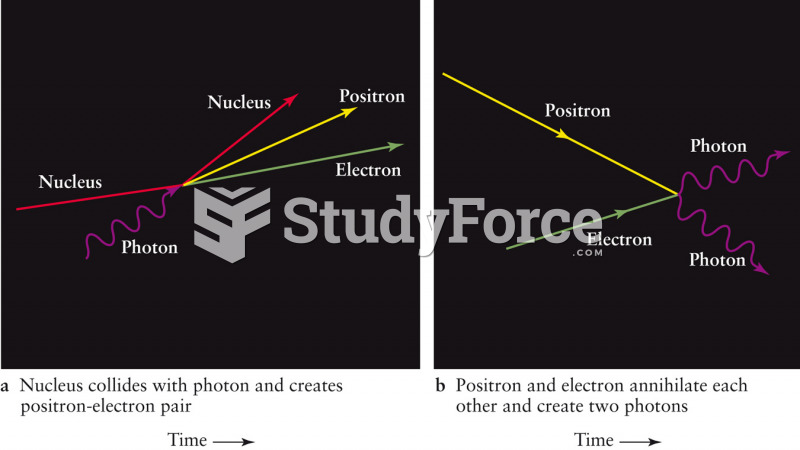Answer to Question 1
Correct Answer: 1,2,5
Rationale 1: The same hormones from the pituitary gland control reproductive function in both males and females.
Rationale 2: Luteinizing hormone in the male reproductive system regulates the production of testosterone by the Leydig cells of the testes.
Rationale 3: Testosterone secretion begins at puberty.
Rationale 4: Testosterone production maintains a high level of production until later adulthood, after which it slowly declines.
Rationale 5: Testosterone production increases rapidly during puberty and maintains a high level of production.
Global Rationale: The same hormones from the pituitary gland control reproductive function in both males and females. Luteinizing hormone in the male reproductive system regulates the production of testosterone by the Leydig cells of the testes. Testosterone production increases rapidly during puberty and maintains a high level of production. Testosterone production maintains a high level of production until later adulthood, after which it slowly declines.
Answer to Question 2
Correct Answer: 1,2
Rationale 1: Adrenal androgens have a role in the growth of pubic hair in adolescents.
Rationale 2: Adrenal androgens are thought to influence the skeletal growth spurt in adolescents.
Rationale 3: Adrenal androgens do have an effect on growth and development in adolescents.
Rationale 4: Removal of the adrenal glands would not lead to an increase in facial and pubic hair.
Rationale 5: The removal of the adrenal glands would not lead to an excessive deepening of the voice.
Global Rationale: Adrenal androgens have a role in the growth of pubic hair and on skeletal growth in adolescents. This procedure would not increase facial or pubic hair or deepen the voice.







